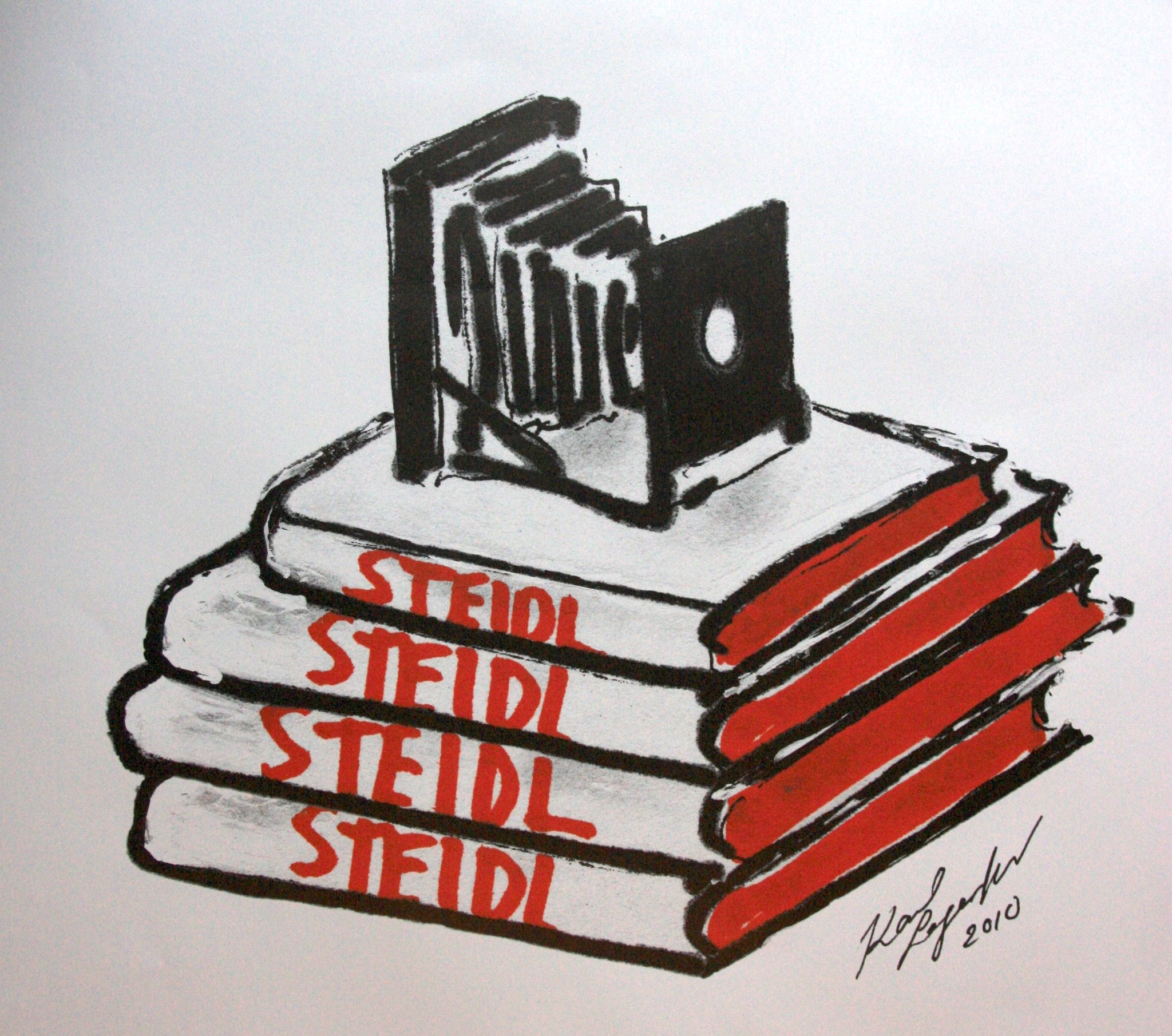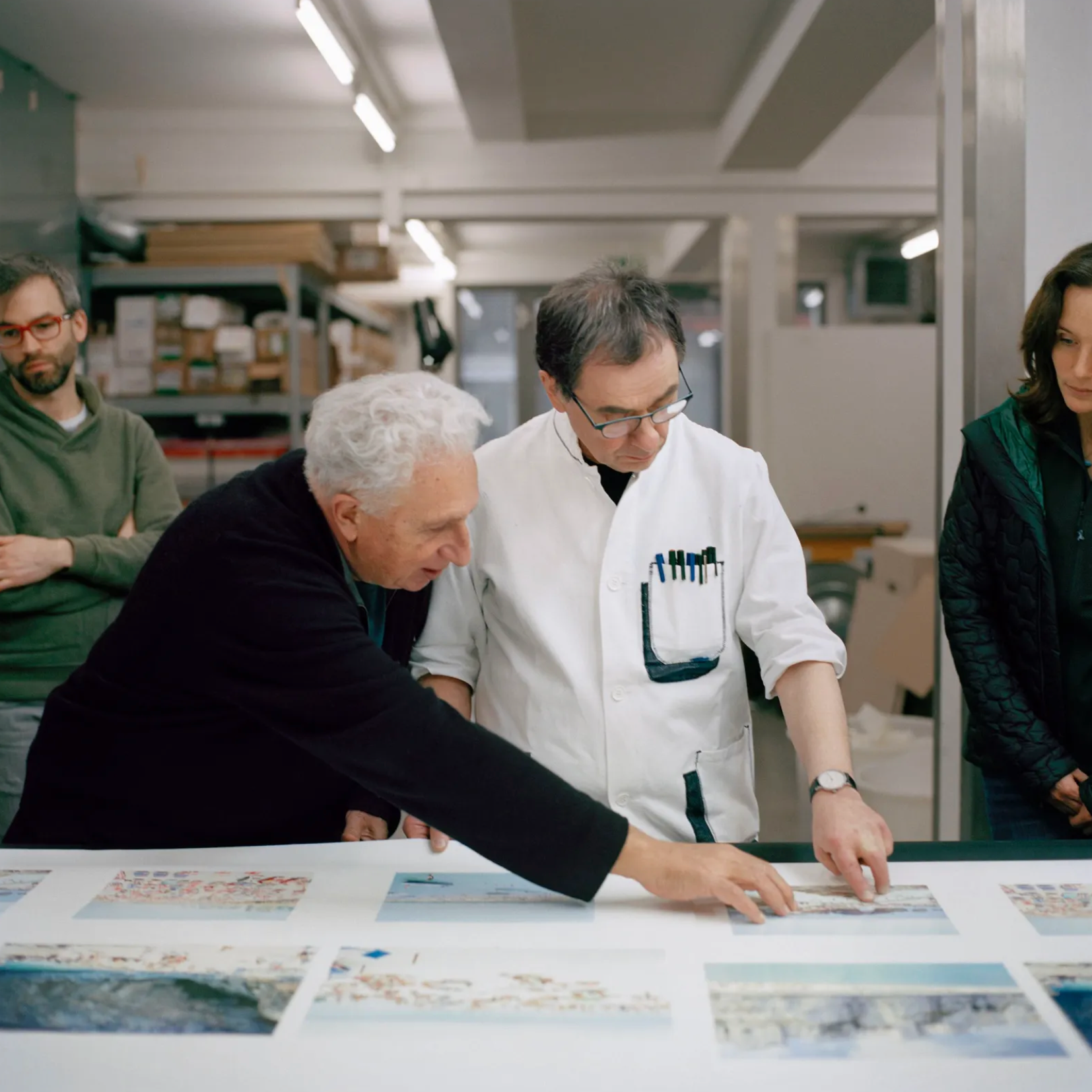The Future of Art Books: A Glimpse into an Enduring Tradition
Art books have long been the primary medium for sharing the visual stories and creative expressions of artists and photographers. In a digital age where screens dominate, the future of art books may seem uncertain, but their significance remains undiminished.
Photographers and artists continue to find value in the art book as a tangible, curated form of expression. The physicality of a book, with its textures, weight, and carefully selected printing techniques, enhances the viewer's experience. It allows for a deeper connection between the audience and the work, something that digital platforms often struggle to achieve.
In an illuminating interview with Gerhard Steidl, as featured in the article "Gerhard Steidl Is Making Books an Art Form" by Rebecca Mead in The New Yorker, Steidl's approach to art book design sheds light on the intimate relationship between bookmaker and artist. According to the article, Steidl meticulously selects every element of a book's packaging, from the cover to the endpapers, demonstrating a profound commitment to the artist's vision. This attention to detail extends to even the head and tail bands, coloured silk placed where the pages attach to the spine, embodying, in Steidl's words, "a tiny bit of fashion."
 A 2010 illustration by Karl Lagerfeld celebrating Gerhard Steidl.
A 2010 illustration by Karl Lagerfeld celebrating Gerhard Steidl.
Steidl's collaborative work with artists, such as his partnership with the Saul Leiter Foundation, where they published "In My Room," showcases the transformative power of art books. Not only do they preserve an artist's legacy, but they can also reinvigorate their reputation and commercial success. As demonstrated in Saul Leiter's case, the release of a Steidl book helped him overcome financial struggles and ultimately achieve recognition as a renowned artist.
The future of art books is set to embrace personalisation as collectors and art enthusiasts seek unique, limited editions that offer an exclusive experience. The allure of art books, as expertly crafted by bookmakers like Gerhard Steidl, lies in their capacity to become artworks in themselves. Each book becomes an object of desire, elevating the act of collecting and cherishing art in the printed form.
As we navigate the evolving digital landscape, let us remember that the art book is not just a relic of the past; it is a beacon guiding us towards the boundless canvas of creativity that art and photography offer. The past and present of art books merge seamlessly into a promising future where the art book is not just a vessel but a work of art in its own right.
In the coming years, art books are likely to undergo a metamorphosis that further elevates their status. With advancements in printing and binding technologies, artists and photographers can experiment with new formats, paper types, and innovative covers, pushing the boundaries of what an art book can be. This evolution could result in art books that are not just collectibles but interactive and immersive experiences.
 Steidl (pictured here with the Italian photographer Massimo Vitali) is engaged in an effort to print and catalogue work that might otherwise not be available, and to use advanced industrial means to distribute it widely. It is a Gutenberg-like goal, with the history of photography substituting for the word of God. Photograph by Mark Peckmezian for The New Yorker.
Steidl (pictured here with the Italian photographer Massimo Vitali) is engaged in an effort to print and catalogue work that might otherwise not be available, and to use advanced industrial means to distribute it widely. It is a Gutenberg-like goal, with the history of photography substituting for the word of God. Photograph by Mark Peckmezian for The New Yorker.Moreover, the intersection of art books and digital platforms opens up exciting possibilities. Augmented reality (AR) and virtual reality (VR) applications could enhance the art book experience, enabling readers to delve deeper into an artist's world. Art books may no longer be confined to static pages but could become portals into dynamic, multimedia-rich narratives.
As we ponder the future of art books, it becomes evident that their enduring charm, combined with adaptability and innovation, will ensure their relevance for generations to come. The evolution of art books reflects the ever-evolving nature of artistic expression itself, a testament to the boundless creativity of the human spirit.
